
How to navigate your way around the country with Britrail
[caption id="TrainTricks_Feature" align="aligncenter" width="1024"]
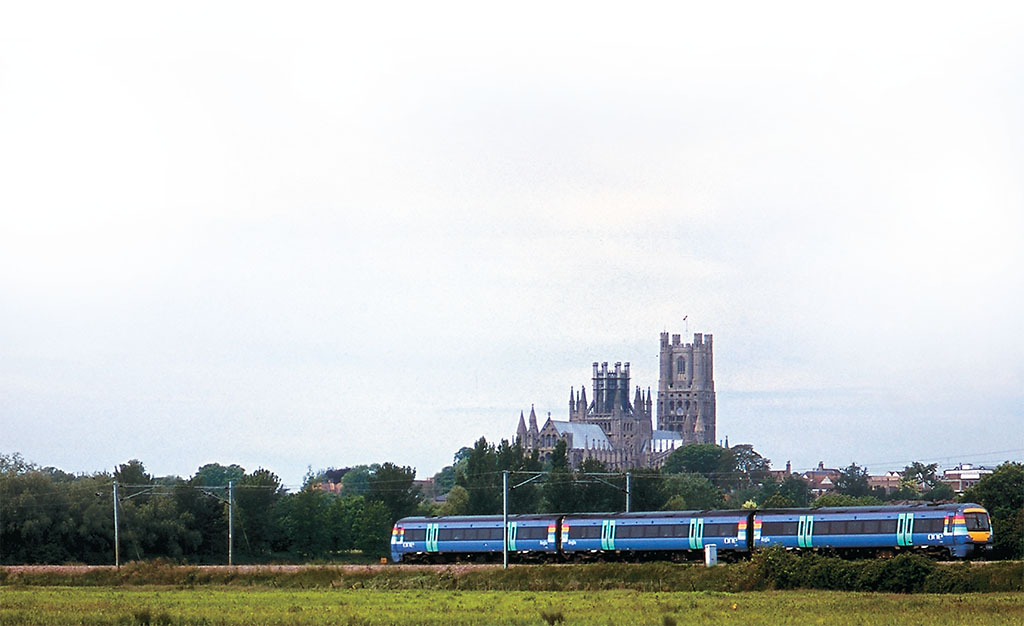
JIM HARGAN
[caption id="TrainTricks_img1" align="aligncenter" width="193"]

JIM HARGAN
If you’ve read any travel articles about the Britrail Pass—the pass that gives you unlimited train travel anywhere in Britain—you’ve probably read that it’s a cheap and easy way to travel. That was certainly my expectation, so I tried it for an entire month with my wife and my 80-year-old parents. It promised to be a new, and scary, experience. It promised fun, the way a roller coaster is fun.
And so it was. But I discovered that the articles I’d read displayed a certain lack of detail about the Britrail Pass experience, which led me to suspect some of them were written by people who hadn’t actually tried it. After four weeks riding the British rails, I’m now sure of it. How could any North American think he could give up a car without serious repercussions?
We did it, all four of us, for an entire month, and what follows is what we learned. Just to cut the suspense, let me say we loved it. We did, however, undergo the occasional negative experience. This is my theme: Learn from our mistakes.
A Britrail Pass turns out to be as easy as it sounds. Because its purpose is to promote international tourism, you have to buy it before you leave—either from a travel agent or over the Internet. Once in Britain, you get on any train, show it to the conductor, and ride as much as you want, anywhere you want (except for the Channel Tunnel and the Gatwick-London Express). You can buy one pass for each person in your group, or you can save money on a group pass. You can choose from one-week, two-week and four-week passes, and you can save even more money with passes that are good for a limited number of days in your time period, or for a limited area. But whatever you decide to spend, it’ll be cheap.
First the cheap part. Compared to a similar trip taken by our group by auto, the savings were impressive. We dropped our total surface transportation costs by 61 percent, with more than $2,100 savings in car rental and petrol dwarfing the $250 extra we paid for buses and taxis. There was an unexpected bonus as well. Confined to foot or taxi travel, we chose lodgings and eateries more for closeness than luxury; our food and lodging bill with train travel came out $1,600 less than expected, rather than the $1,500 more that I had budgeted.
[caption id="TrainTricks_img2" align="aligncenter" width="720"]
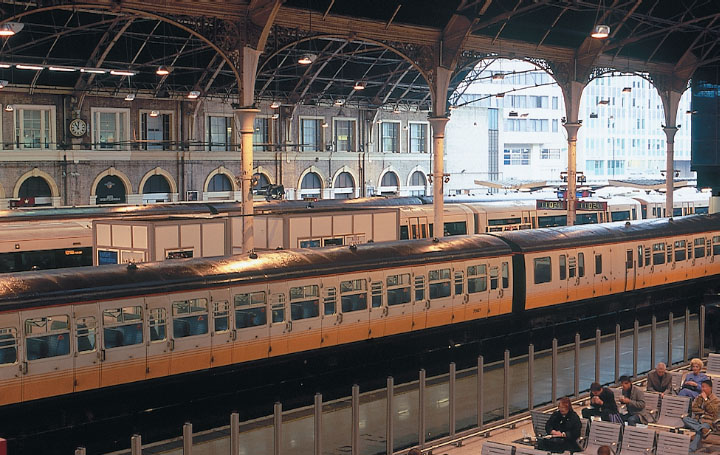
JIM HARGAN
[caption id="TrainTricks_img3" align="aligncenter" width="749"]
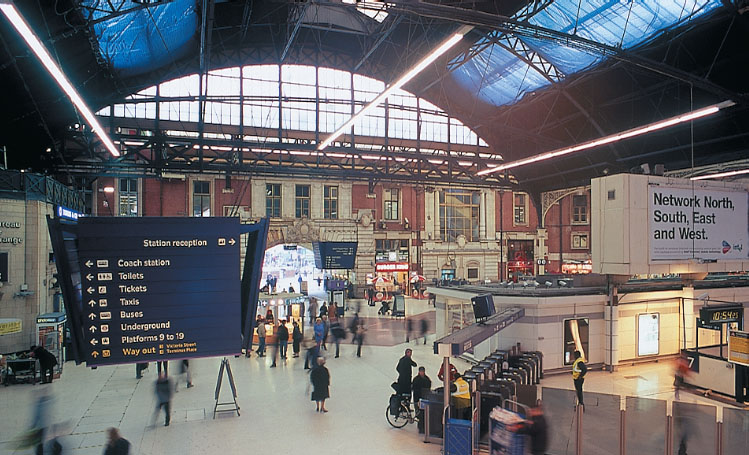
JIM HARGAN
[caption id="TrainTricks_img4" align="aligncenter" width="750"]

JIM HARGAN
So, what do you do with all that money you save? A sensible person will allocate a good chunk of this mad money to make the travel experience more comfortable. My plan, however, was to squirrel it away in some dark, safe place, taking it out occasionally to gloat over it. My father, who taught me all I know, concurred. We took buses when we could have hailed taxis; we walked when we could have ridden the bus. We tromped the sidewalks of Ely trailing our worldly possessions behind us, and waited at a Dorset village bus stop sitting atop stacks of luggage. Don’t make this mistake; set a realistic taxi budget. We were typically charged $15 to $50 for taxis—not cheap but worth it, particularly with two couples splitting the expense.
The best reason to get a Britrail Pass, however, isn’t the savings. Train travel is fun, and British trains are good. Not great, but (by American standards at least) more than acceptable. Trains go everywhere in Britain, and usually run every 15 to 60 minutes. That’s not a long wait, unless you have been raised in an automobile-based society and are accustomed to just going wherever, whenever. It’s important to adjust your expectations and to plan carefully. The best planning tool is the Internet—the only source of unified time tables that cover all carriers. Fifteen minutes in your hotel lounge with a laptop can save hours. If you don’t use the Internet or can’t find a connection, ask a depot ticket office how to get where you want—but only the largest stations have staffed offices.
And yes, Britain now has competing carriers. The term “Britrail Pass” is a relic of the days when Britain had a single passenger carrier, Britrail, run by the government. Nowadays, Britrail is long gone. Competing carriers own their own rolling stock and publish their own timetables, with the rails and depots owned and operated by a public utility. There are more than two dozen rail providers in Britain, each with its own territory but with a lot of overlap, and each deciding what kind of service to provide. The highly competitive London-Manchester-Glasgow corridor had gleaming new trains with wide, comfy seats, air conditioning and food service. On the flip side, the monopoly provider for the South Wales coal region put us in unheated, unair-conditioned coaches, unrefurbished in a half-century of use, with windows so filthy we literally could not see out of them. In other areas—including Dorset, Cambridgeshire and the Lakes—the cars were not always new but were invariably clean and well kept.
‘THE BEST REASON TO GET A BRITRAIL PASS, HOWEVER, ISN’T THE SAVINGS. TRAIN TRAVEL IS FUN’
[caption id="TrainTricks_img5" align="aligncenter" width="1024"]

JIM HARGAN
[caption id="TrainTricks_img6" align="aligncenter" width="1024"]
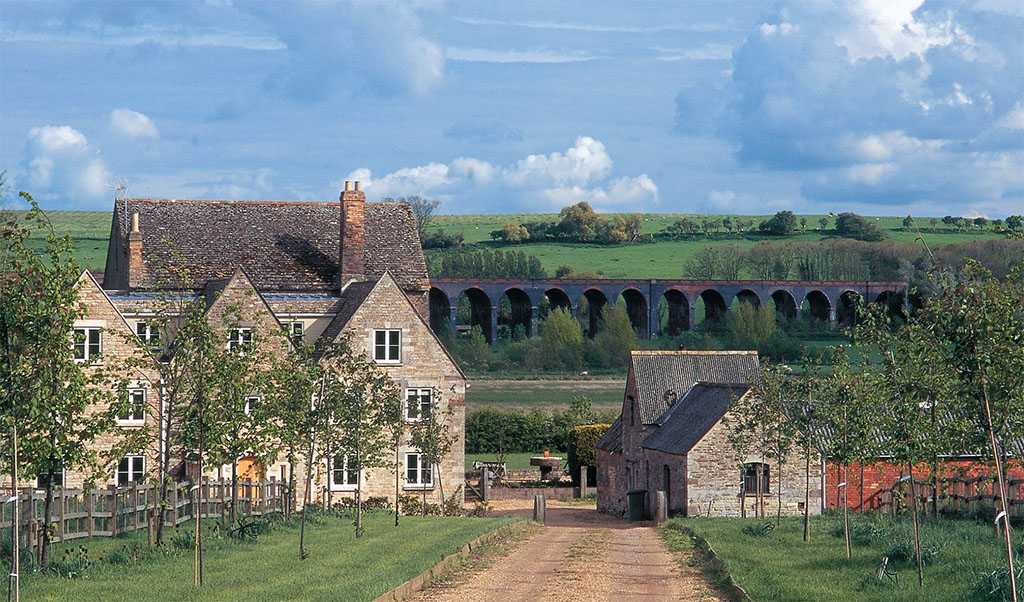
JIM HARGAN
One happy result of the privatization for American tourists is that certain rail stations have become hubs, with multiple carriers. We found out about this by chance. We needed to call on several places in East Anglia, and the beautiful cathedral town of Ely turned out to have good connections. From our cottage in Ely’s historic town center, we could reach just about anywhere north and east of London in a direct train, with departures every five minutes all day long. While there is no central listing of rail hubs, if you can find a good one (such as Ely) it is worth your while to settle down for a week and explore the far reaches of its region.
The stations themselves were a bit of a disappointment. All but the major stations are unstaffed, and even the major stations are frequently open to the weather. Nearly all date from Victorian times, and in a nation where “recent” means “less than a quarter millennium,” the Victorian stations are seen as modern buildings that don’t quite meet standards. This most definitely includes accessibility standards, as we discovered after a member of our party turned an ankle. Getting from one trackside to another could involve steep stairs over (or under) the tracks, without elevators. This was far from unusual; we saw it at an urban station in Portsmouth, at the major tourist destination of Conwy in Wales, and along the famed Windermere line in the Lake District National Park. If a member of your party is mobility impaired, give Britrail a miss.
My parents’ memories of train travel came from the days of the friendly Red Cap, eager to handle your baggage for a nominal tip. While my wife and I are too young to have any memories of this, we had both seen North by Northwest and were expecting something similar. Erase it from your mind. No one will carry your luggage but you. When your train arrives, you must heave all your luggage onto it in a space of three or four minutes; when you are ready to get off, you reverse the process. Neophyte train travelers (British as well as American) frequently aren’t ready for that. On the first day, the closing train door chomped down on our group’s mountain of luggage as the stationmaster frantically signaled a problem. By the third day, however, we were handling it like pros. As the train slowed, we would move our massive collection to the doors; as they opened, Dad got out and I tossed the pieces out to him. Sometimes we were not the only ones, as the British seem to be as addicted to luggage as we. At one stop an English gentleman and I stood side by side, heaving one piece after another onto the concrete. That made me feel better.
I’ve run out of space without saying much about where we went. It was glorious, even South Wales when we could see out the windows. The point is, it doesn’t matter. You can go anywhere. You can go to London, then take a train up to Scotland, then zip down to Cornwall. And is it worth it? Oh yes. It’s a once in a lifetime experience. Maybe even more than that. Once you work the kinks out, it’s easy!
Planning Your Trip
You can get a Britrail pass at www.britrail.com, or from any travel agent in North America, but you must have it on your person before you leave the country. The advantage of Internet booking is that you get clear explanations of the various alternatives, and the Web site is a very good source of information. There are also other online vendors.
To explore the British rail network, log onto either www.nationalrail.co.uk, the official site, or www.thetrainline.com, its private industry competitor. Old-fashioned printed timetables and route maps must be downloaded from the individual carrier sites, but can be useful for seeing where your train is actually stopping on its way to your destination. Once you are in Britain, timetable brochures are easily picked up free at any staffed station. City and country bus schedules are unified for all of Britain at www.traveline.org.uk, an invaluable resource as the information posted at the bus stops can be unreliable.
In our month’s travel we stayed in three cottages and three hotels, and Internet access was always a problem. None of the six had wi-fi in the rooms, two of the hotels had wi-fi in their pubs and one had no access at all. We were careful to book cottages with phones—but two of the three turned out to have pay-phones that didn’t allow Internet hookup. We found ourselves reliant on wi-fi hotspots, fewer and farther-between than in America. Expensive, too; the Starbucks on Ely’s High Street charged $9.60 an hour for a connection so weak it worked only at two tables.
The best luggage is carry-on cases you see flight attendants pulling in airports. Not only can you wheel them along, they fit perfectly in the rack above your seat. Another good alternative is a camera backpack with a slot for a laptop, designed to fit into the same carry-on space. Living out of these little bags, however, requires a serious rethinking of what is necessary. How good do you really need to look to strangers you will never see again? See, you only needed two shirts after all.
[caption id="TrainTricks_img7" align="aligncenter" width="916"]
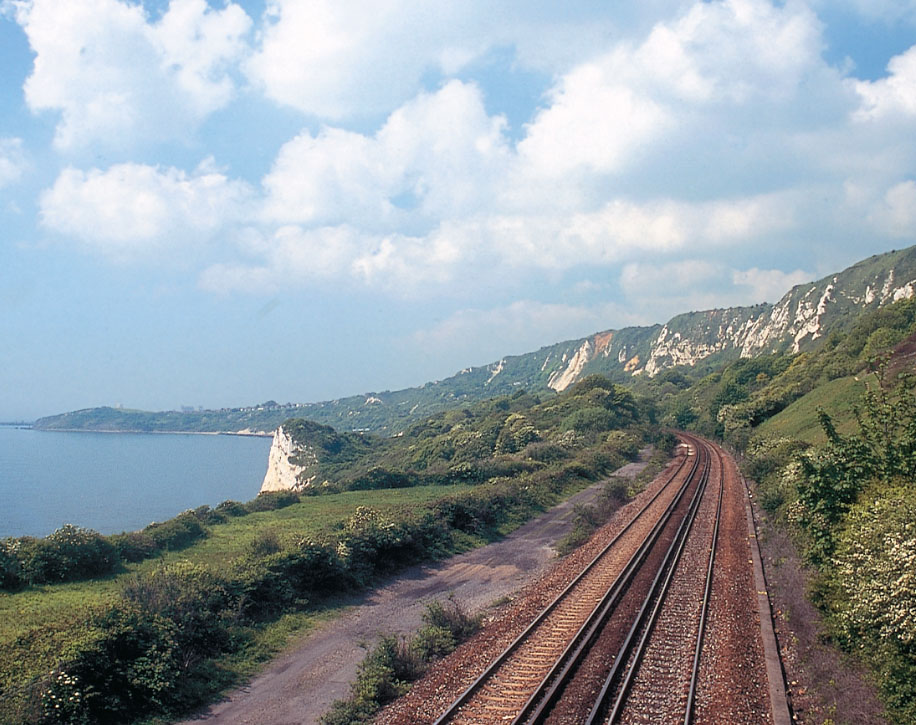
JIM HARGAN





Comments